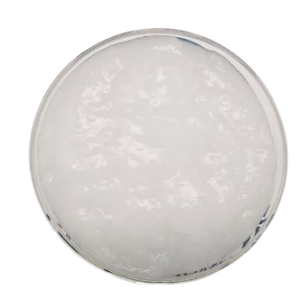

Tempo Oxidized Cellulose Nanofibrils (TOCNF) are at the cutting edge of sustainable nanocellulose innovation. Renowned for their remarkable structural, environmental, and economic benefits, TOCNFs are rapidly transforming industrial sectors ranging from composites and packaging to biomedicine and environmental materials. In this in-depth guide, we delve into the latest advancements, market trends, and future prospects of TOCNF—highlighting why industries worldwide are racing to integrate these advanced nanocellulose materials into their products and processes.
Explore TOCNF Solutions
Tempo Oxidized Cellulose Nanofibrils (TOCNF) are ultra-fine, oxidized cellulose fibers produced via the TEMPO (2,2,6,6-Tetramethylpiperidine-1-oxyl) mediated oxidation. This unique process imparts TOCNF with a high density of carboxyl groups, conferring exceptional hydrophilic and dispersive properties. Here are the critical benefits of TOCNF in industry:
The versatility of TOCNF has led to breakthrough uses across multiple industries. Nano cellulose applications with TOCNF are swiftly redefining performance benchmarks:
TOCNF in sustainable materials is also revolutionizing eco-friendly construction, high-performance coatings, and filtering units. Market trends reflect a growing demand due to its green profile and superior technological benefits.
In addition to technological enhancements, the economic benefits of TOCNF usage are significant. The material’s abundance—derived from natural cellulose—ensures competitive pricing compared to conventional synthetics. Its role in enhancing products with TOCNF boosts both life-cycle value and overall sustainability metrics, essential for companies committed to ESG (Environmental, Social, and Governance) goals.
The future of TOCNF in research circles is bright, with ongoing studies highlighting next-generation uses in smart electronics, 3D-printed materials, and advanced filtering technologies.
These innovative uses of TOCNF prove its multi-industry relevance, with benefits extending from enhancing product performance to fostering a resilient and circular economy.
The TOCNF market is witnessing explosive growth, with global players investing in scale-up and advanced R&D. Trends demonstrate increased adoption in sectors prioritizing high-performance, sustainable materials. As awareness grows about TOCNF’s economic and ecological upsides, its integration into composite materials, packaging solutions, and biomedical innovations will only accelerate.
Advancements in TOCNF technology now focus on improving production efficiency, developing novel hybrids, and customizing surface functionalities for application-specific requirements. The future of TOCNF in research and industrial usage is closely tied to evolving market demands for environmental stewardship and top-tier product quality.
Request a Customized TOCNF Solution






